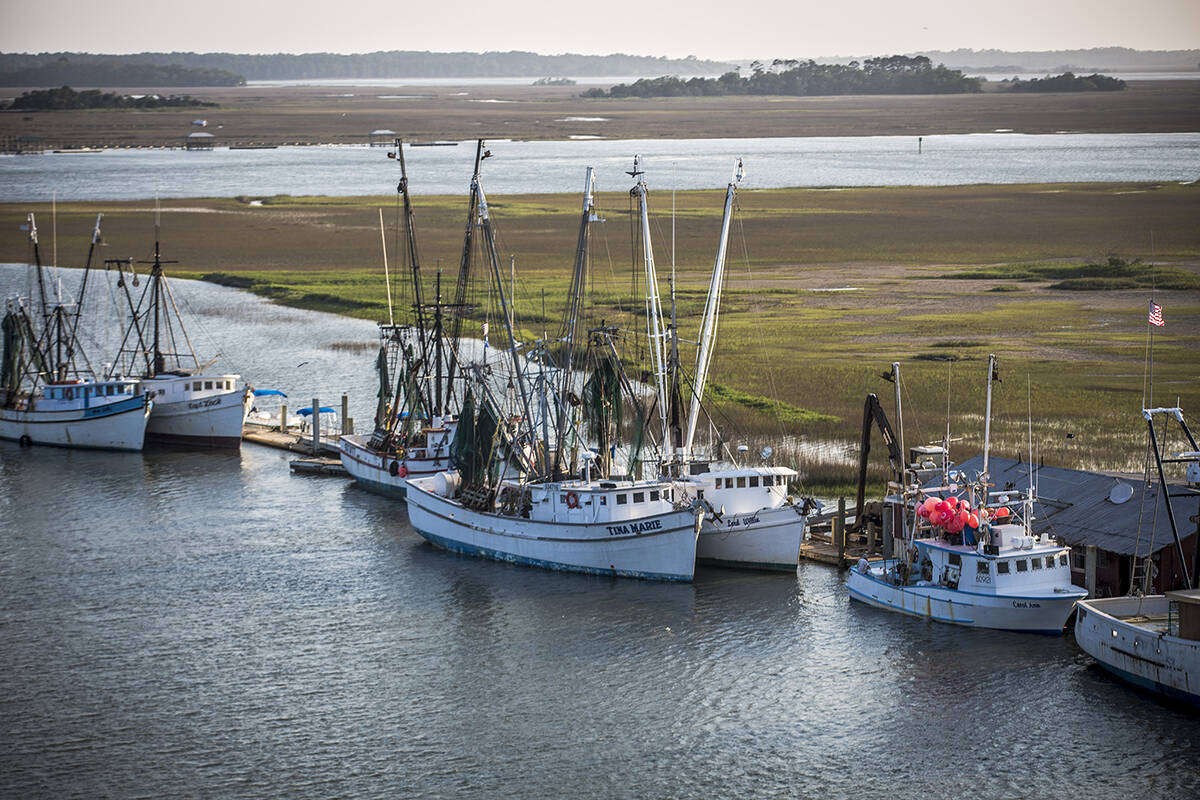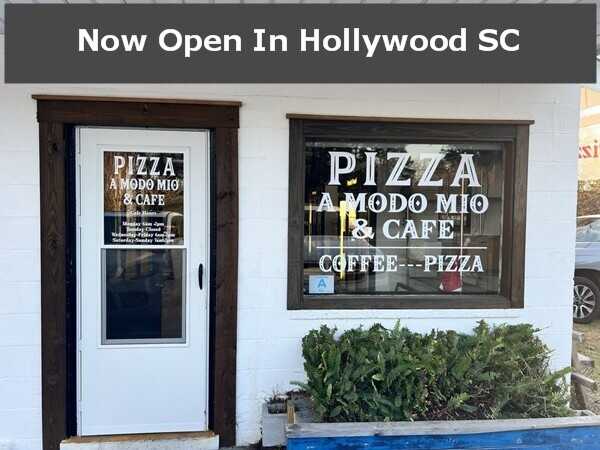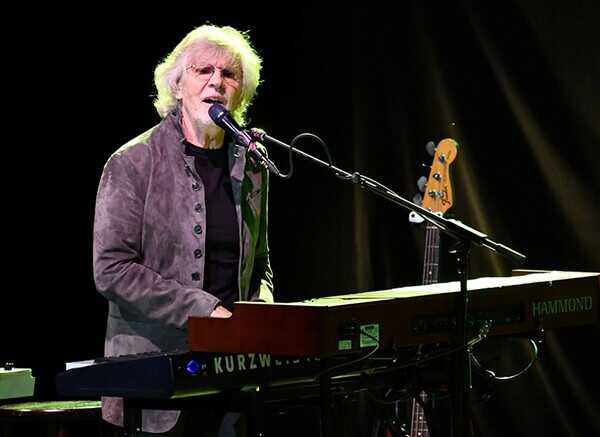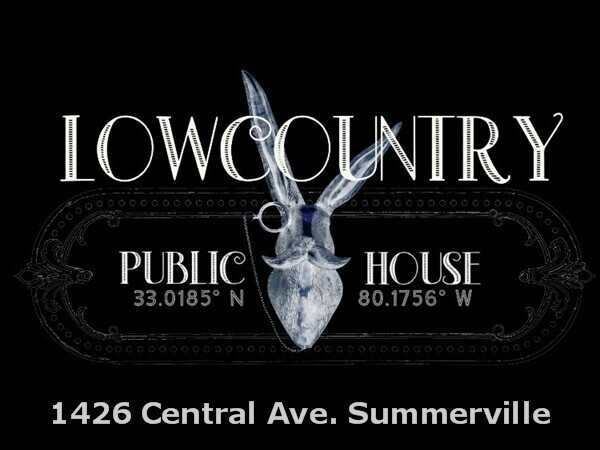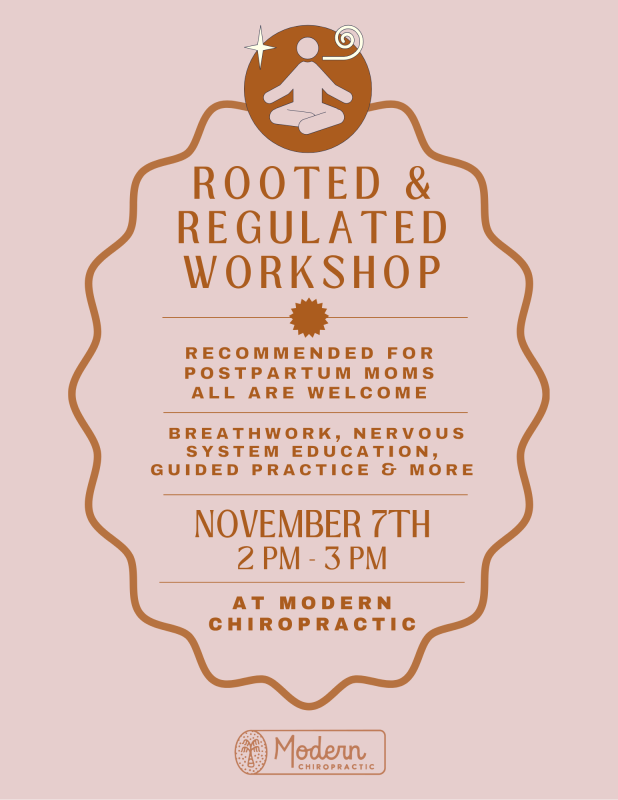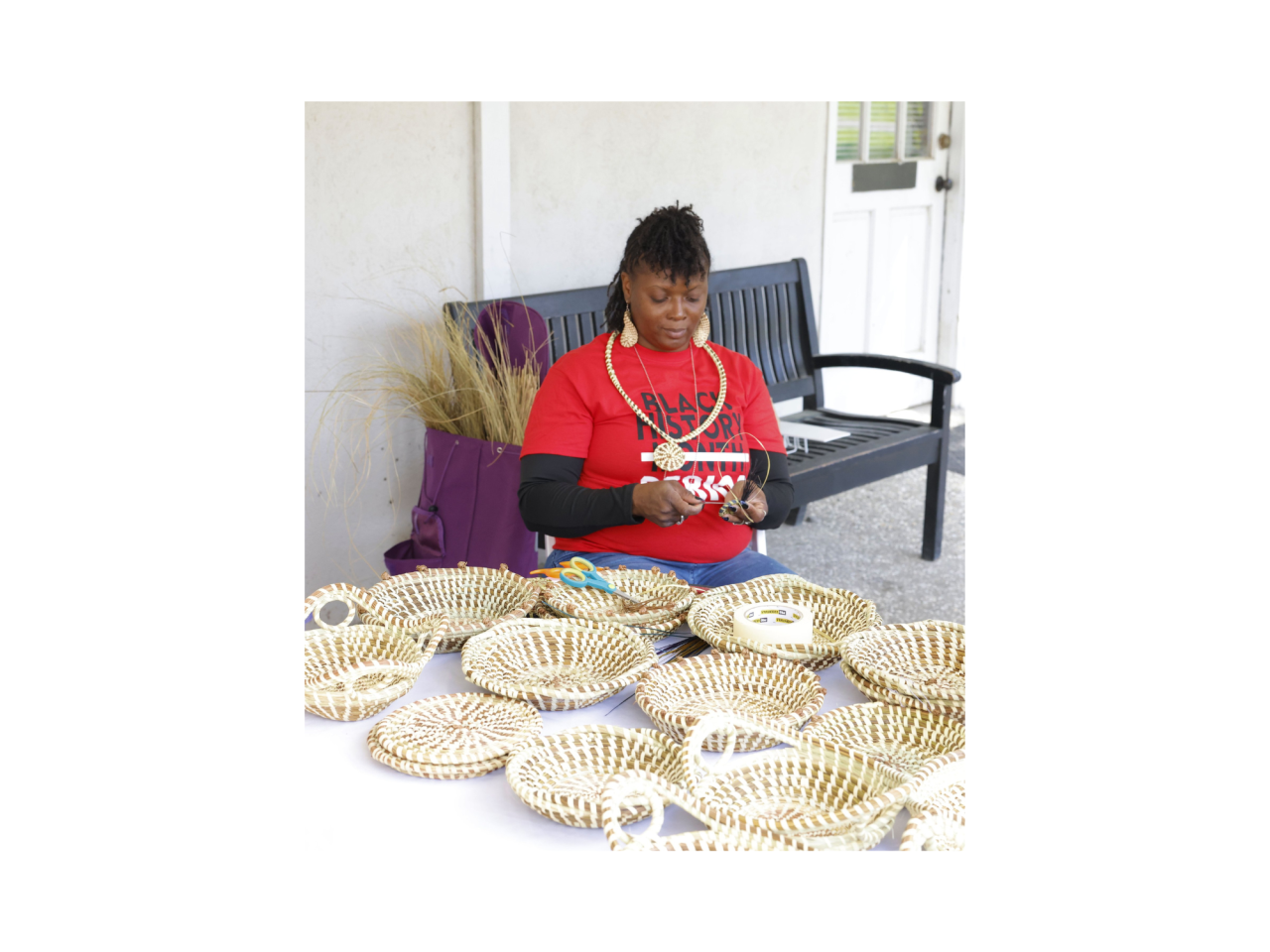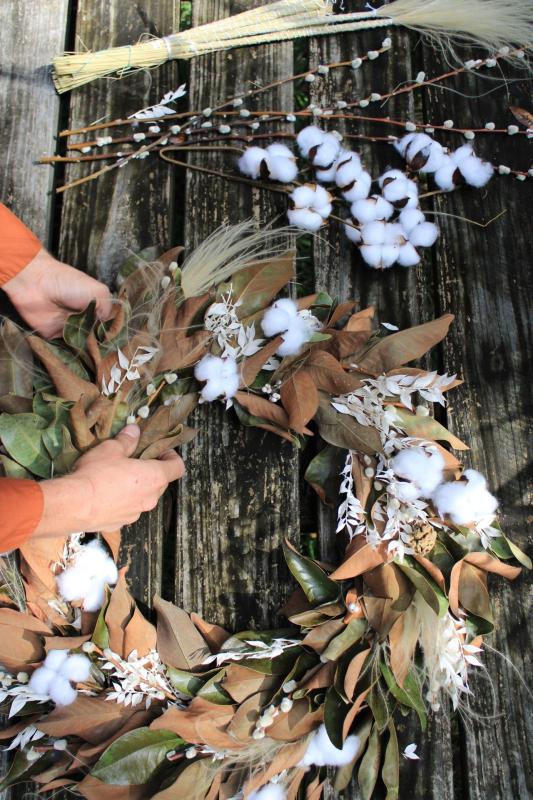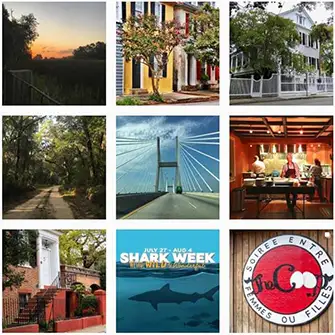Moving to Charleston, South Carolina, from Canada can be an exhilarating experience filled with new sights, sounds, and flavors. One of the most enchanting aspects of this vibrant city is...
Mount Pleasant Restaurant Chain Promotes Community & 'Come As You Are' Art Infused Vibe
Latest Offering From Fox News' Dr. Nicole Saphier Offers 16 Uplifting Short Stories Celebrating Motherhood
Iconic Band Set to Play North Charleston Coliseum With Journey on Freedom Tour 2024
Iconic & Timeless Music of Carole King Comes To Life at The Dock Street Theatre
Morning Fare, Coffee, Deli Sandwiches, Take & Bake, & NY Style Pizza All Under One Roof
Iconic Band With Classic Songs Enthrall Diehard Fans At Music Hall
Cincinnati native becomes the 8th head coach in the program's Division I history.
Relocating to Charleston opens the door to a lifestyle where moments are savored, and life moves slower.
Summerville's Latest Family Friendly Food & Beverage Locale Becoming a Regular Go To Destination
Are you ready for race day? The Cooper River Bridge Run is happening April 6, 2024, which means we’re less than two weeks away!

